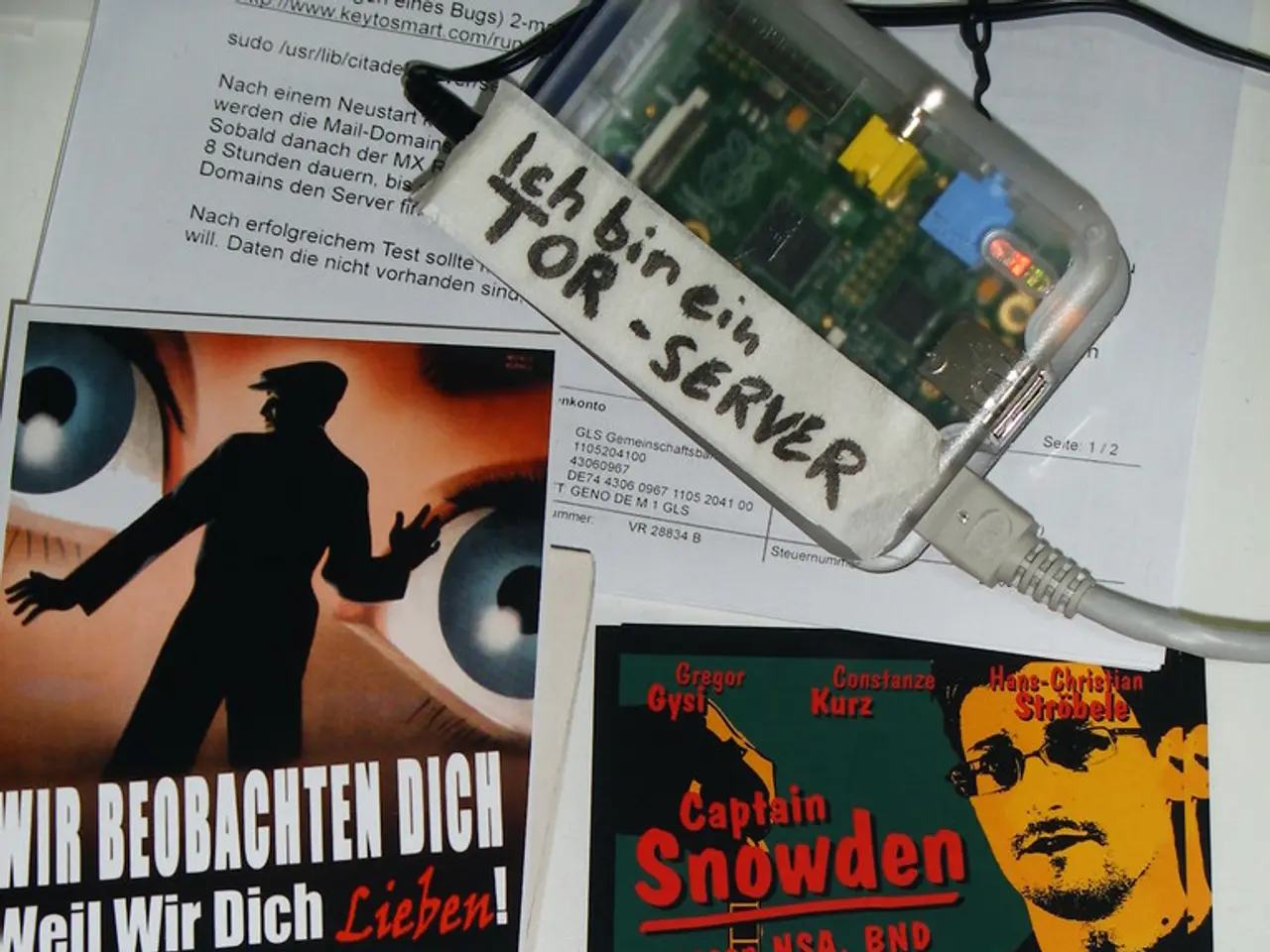Checklist for Crafting a Perfect PCB: Ensuring a Defect-Free Board Design
In the world of electronics, a well-designed Printed Circuit Board (PCB) is the backbone of any successful product. To achieve a quality board layout, a systematic approach to PCB design checks is essential. Here's an overview of the key checks that ensure a reliable, efficient, and manufacturable PCB.
1. Mechanical Checks - Dimensional constraints: Ensure the board dimensions align with the product requirements and enclosure dimensions. - Copper-to-board edge clearance: Maintain sufficient clearance between copper features and the board edge to avoid shorts and ensure clean depanelization. - V-scoring clearance: Keep a minimum 20 mil distance between V-score lines and copper features to prevent damage during board separation.
2. Drill Checks - Drill-to-copper clearance: Verify adequate spacing between drill holes and copper pads/traces to prevent shorts or breaks. - Annular ring size: Ensure the copper ring around drilled holes is large enough for reliable solder joints and mechanical strength. - Drill sizes must meet fabrication capabilities and component pin requirements.
3. Component Placement Checks - Footprint verification: Use verified and standard footprints matching component datasheets to avoid assembly issues. - Orientation and polarity: Confirm polarized components (diodes, electrolytics) are oriented correctly. - Clearance and spacing: Avoid component clashes and allow enough space for soldering and thermal relief. - Standardize component types to simplify assembly and reduce errors.
4. Routing Checks - Trace width and spacing: Follow minimum trace width and clearance rules for current capacity and signal integrity. - Controlled impedance: Ensure impedance-controlled traces are properly designed and documented, and differential pair lengths are matched. - Return paths and stitching vias: Include stitching vias near signal vias and layer changes for proper return currents and EMI reduction. - Maintain sufficient spacing to avoid crosstalk and signal degradation.
5. Solder Mask and Solder Paste Checks - Solder mask clearance: Ensure at least 1.6 mil clearance around solder pads to prevent solder mask from covering pads, which would hinder soldering. - Check solder paste apertures align with pads for proper solder volume and wetting.
6. Silkscreen Verification - Verify silkscreen is legible, does not overlap pads or vias, and clearly marks component reference designators. - Confirm the silkscreen does not cover solderable areas to prevent reduced solderability.
7. Fabrication Notes and Documentation Checks - Include clear fabrication notes specifying layer stackup, materials, controlled impedance requirements, finished copper thickness, and other special instructions. - Confirm all design files comply with the fabricator’s DFM (Design for Manufacturability) guidelines.
8. Production File Checks - Review Gerber and drill files for accuracy and completeness. - Use AOI (Automated Optical Inspection) and X-ray inspection data to verify physical layer correctness. - Cross-check the NC drill files and silkscreen layers against the design.
9. Bill of Materials (BOM) Checks - Ensure BOM uses common, industry-standard components to minimize procurement and assembly issues. - Verify each part is in stock, not obsolete, and matches the PCB footprints exactly. - Cross-verify parts’ values, package sizes, polarity, and revisions align with the layout to avoid fit or function failures.
By meticulously performing these checks during PCB design and prior to manufacturing, many common faults can be prevented, improving yield, reliability, and reducing costly rework. Incorporating thorough testing strategies alongside these checks further ensures a quality PCB.
- During the design process, it's crucial to ensure controlled impedance traces are properly designed and documented for signal integrity, as part of the routing checks.
- To simplify assembly and reduce errors, consider standardizing component types, including gadgets with specific footprints that match technology requirements, as part of the component placement checks.




